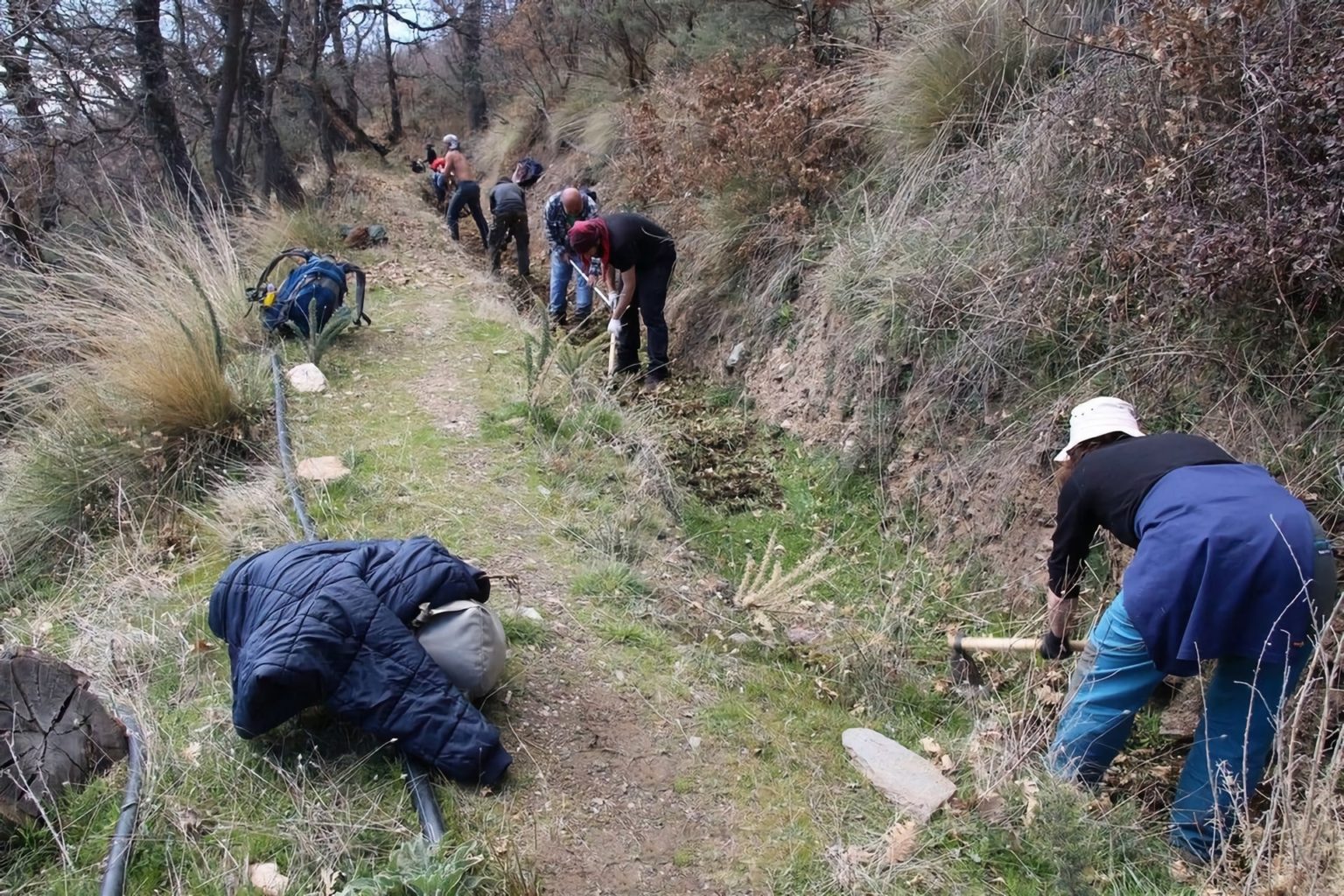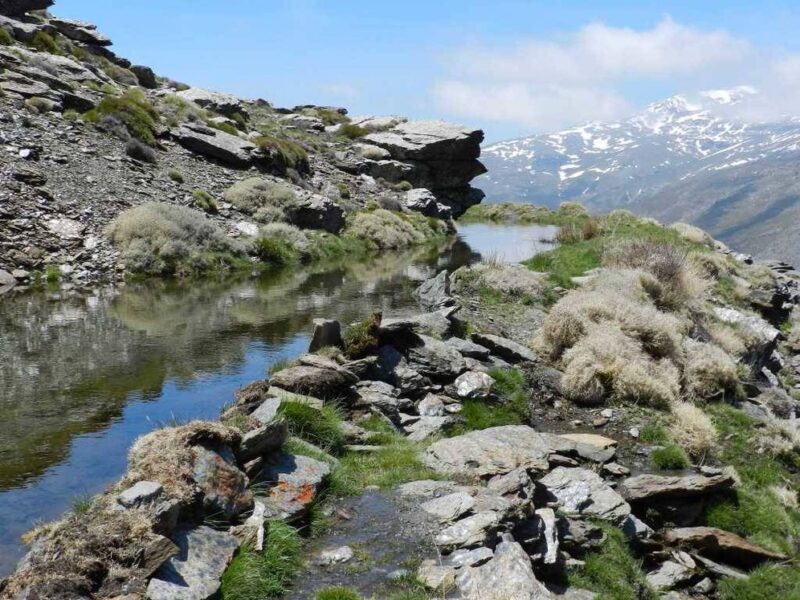The severity of the drought is a growing problem in many parts of Spain. In Andalusia, for example, reservoir levels were at 31% of capacity two years ago and are now down to 20%. In this context, the Junta recently warned that it could cut water in large cities and even ban the filling of swimming pools in certain areas this summer.
Faced with this situation, several people believe they have discovered a solution to the drought based on an ancient Arab invention buried underground.
The passage of the Muslims in the Iberian Peninsula left us irrigation techniques that were used in the Middle East.
As the saying goes, desperate times call for desperate measures, so when the rain began to fail in the Sierra Nevada town of Cáñar, the locals came up with the idea of starting a project to unearth and restore a network of water channels created by Muslim peasants in the Islamic era, more than 1,000 years ago.
The fact is that the passage of the Muslims in the Iberian Peninsula left us irrigation techniques that were used in the Middle East. The system consisted of digging ditches taking advantage of the slopes of the land and, using sticks and stones, dams were built next to the rivers. These ditches, dug into the ground, were used by farmers and livestock breeders to channel water from snowmelt or rainfall and filter it through the valleys, supplying water to nearby villages for centuries. However, it fell into oblivion in the 1980s as a result of depopulation.

But now, the initiative devised by MemoLab, the biocultural archaeology laboratory of the University of Granada, has managed to get the water flowing again at a particularly critical time due to the climate crisis. The project has received local and European funding, as well as help from neighbours, volunteers and irrigation communities.
How does it work?
This ancient system of ditches ensures that rain or snow that may fall at any given moment in torrential gusts is not lost as it runs off into the rivers and the sea. In other words, it controls the flow of water, while allowing it to be absorbed by the land to replenish the aquifers. And thanks to gravity itself, it transports water across large agricultural areas without the need for external energy, increasing its flow during the dry season, when it is most needed.

The problem is that this system is integral, and if the land is abandoned or the canals are left clogged, the water cannot flow properly. So, every spring, the University and the villages organise groups of volunteers to clear the ditches. Not only leaves and mud have to be removed, but also the pieces of slate that cover the ditches have to be laid or replaced.
This post is available in: English Español

